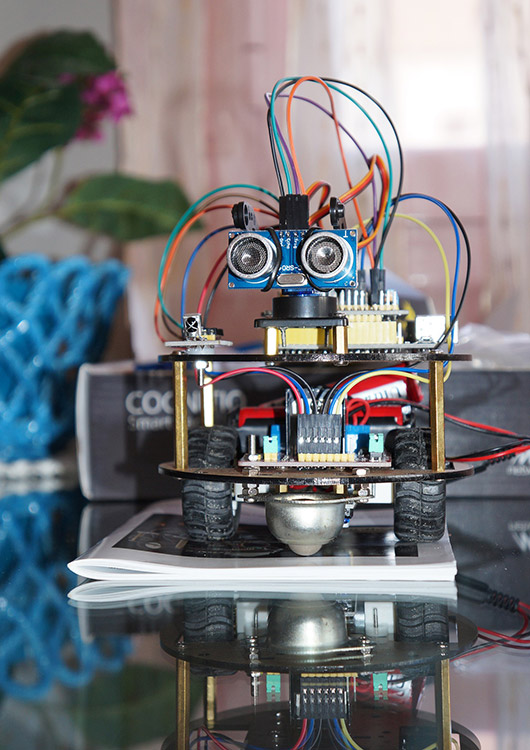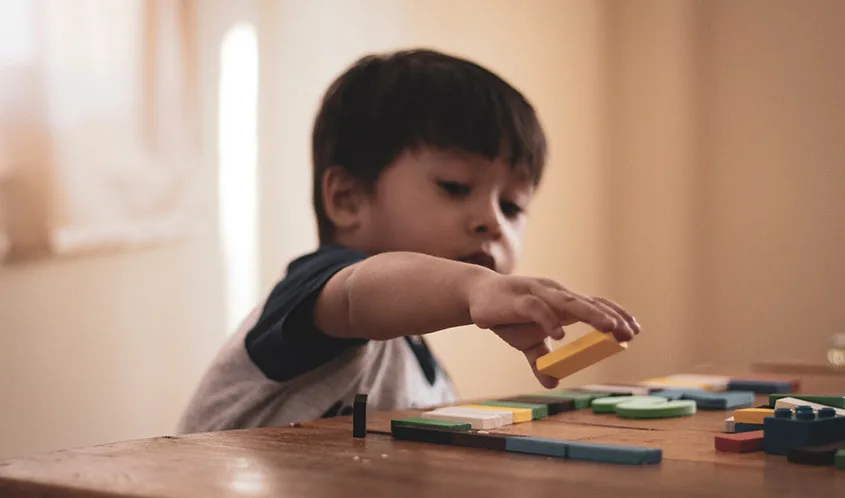A study says engaging parents is key to STEM/STEAM toys’ success.
by KRISTIN MORENCY GOLDMAN, senior communications specialist, The Toy Association
With new research indicating that more than half (67%) of parents believe that toys are the primary vehicle to encourage STEM/STEAM learning, it’s never been more important for toymakers to learn how to thoughtfully include STEM concepts into toys for kids of all ages so that the learning starts early and is all a part of the fun.
According to The Toy Association’s latest study, “STEM/STEAM: Formula for Success,” the best STEM/STEAM toys encourage open-ended play and trial-and-error exploration, teach problem-solving, and allow kids to lead the play experience and exercise their creativity. But in order to be truly successful, a STEM/STEAM toy should also engage parents.
“Our research indicates that nearly half (48%) of parents say that they might shy away from these toys because they feel intimidated by the subject matter,” notes Ken Seiter, executive vice president of marketing communications at The Toy Association. “Their trepidation may be unknowingly passed on to their children, preventing them from learning crucial concepts through play.”
To ensure that kids and parents are reaping the most rewards from their educational toys, companies are advised to include supportive materials with their products to help caregivers feel at ease with STEM subjects and encourage parental involvement in play, learning, and discovery.
“Families that play together build strong bonds, create lasting memories, and learn new things — not only about the world around them, but also about each other,” Seiter says.

Toy and play professionals can visit toyassociation.org/steam to read the latest STEM/STEAM report and find other resources on the topic. In the meantime, check out these upcoming activities designed to spread awareness about STEM/STEAM products and learning.
- Did you know that a STEM/STEAM toy does not need to be tech-based or overtly scientific (such as an experiment kit or electronic building toy)? In fact, building blocks, dolls, collectibles, plush, and a myriad of other kids’ playthings have the potential to engage kids in learning educational concepts. Learn more about how to transform a traditional toy into a STEM/STEAM toy by attending the “STEM/STEAM Formula for Success” seminar at Toy Fair Dallas on both Wednesday, Oct. 2 and Thursday, Oct. 3 at 11 a.m. Visit toyfairdallas.com to learn more.
- Save the date for The Toy Association’s upcoming STEM/STEAM webinar on Thursday, Oct. 17 at 2 p.m. (ET). The one-hour session will cover how STEM/STEAM toys should trigger both the logical and emotional/creative sides of the brain, offer multiple manners and pathways to solving a problem or accomplishing a task, be gender-neutral, serve kids with special needs, and embrace cultural differences, among other attributes. Visit the “Webinars” section under the Education tab at toyassociation.org to register.
- Early next year, The Toy Association will be hosting a “fireside chat” at the Consumer Electronics Show (CES) to review STEM/STEAM white space opportunities. Educational sessions will also be held at Toy Fair New York in February.
“With all of the polarizing parenting issues out there today, it’s safe to say that millennial parents can at least agree on one thing: STEM/STEAM skills are some of the important skills needed for their child’s future,” Seiter says. “At The Toy Association, our goal is to help members and others in the industry create quality, safe toys that spark kids’ creativity and foster a lifelong love of play that can contribute to their future success.”
This article originally appeared in the September/October 2019 issue of the Toy Book.


